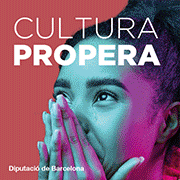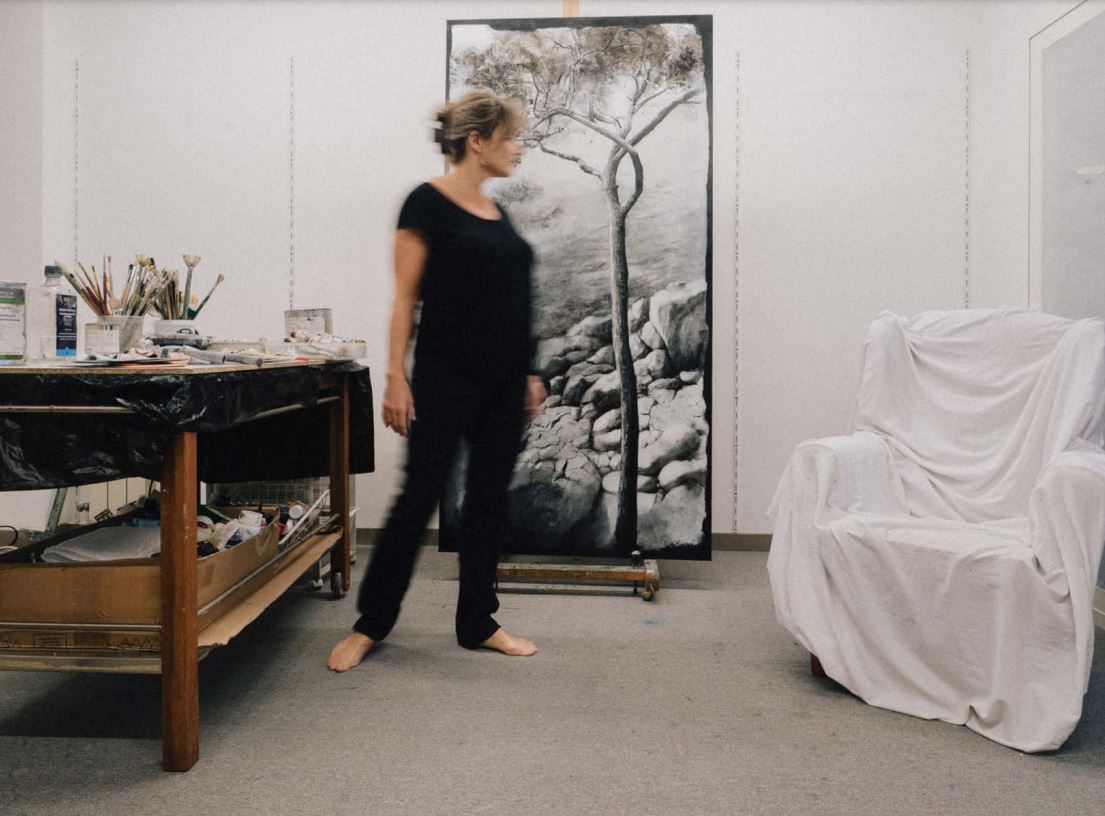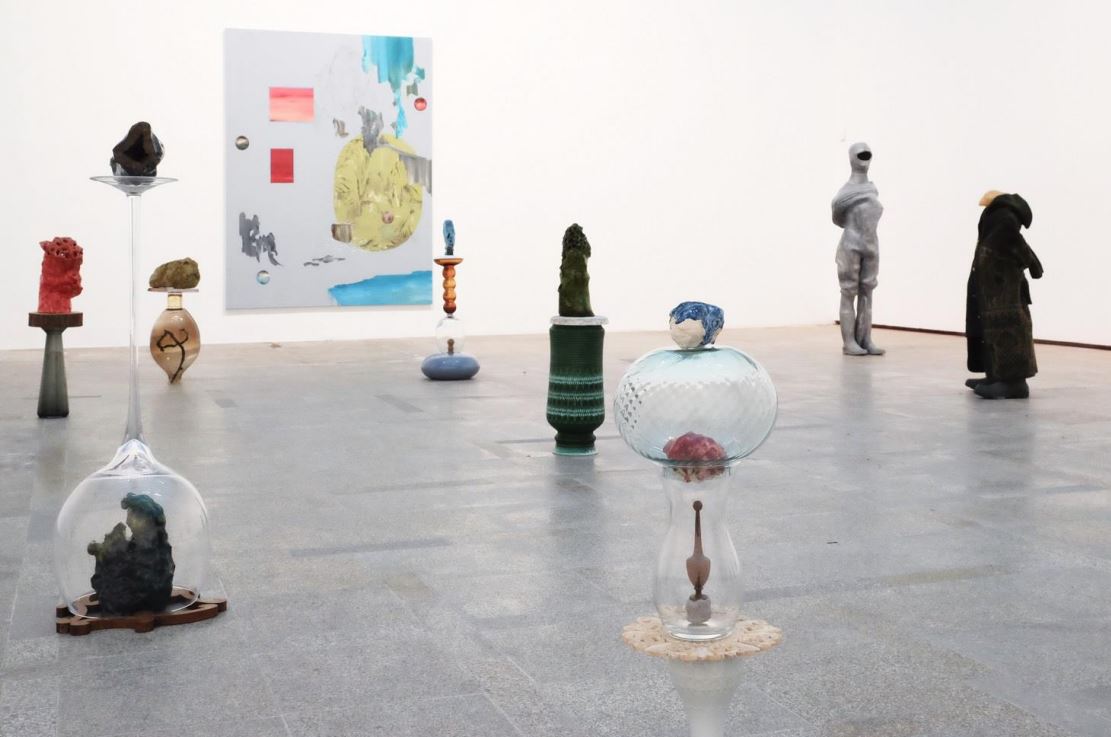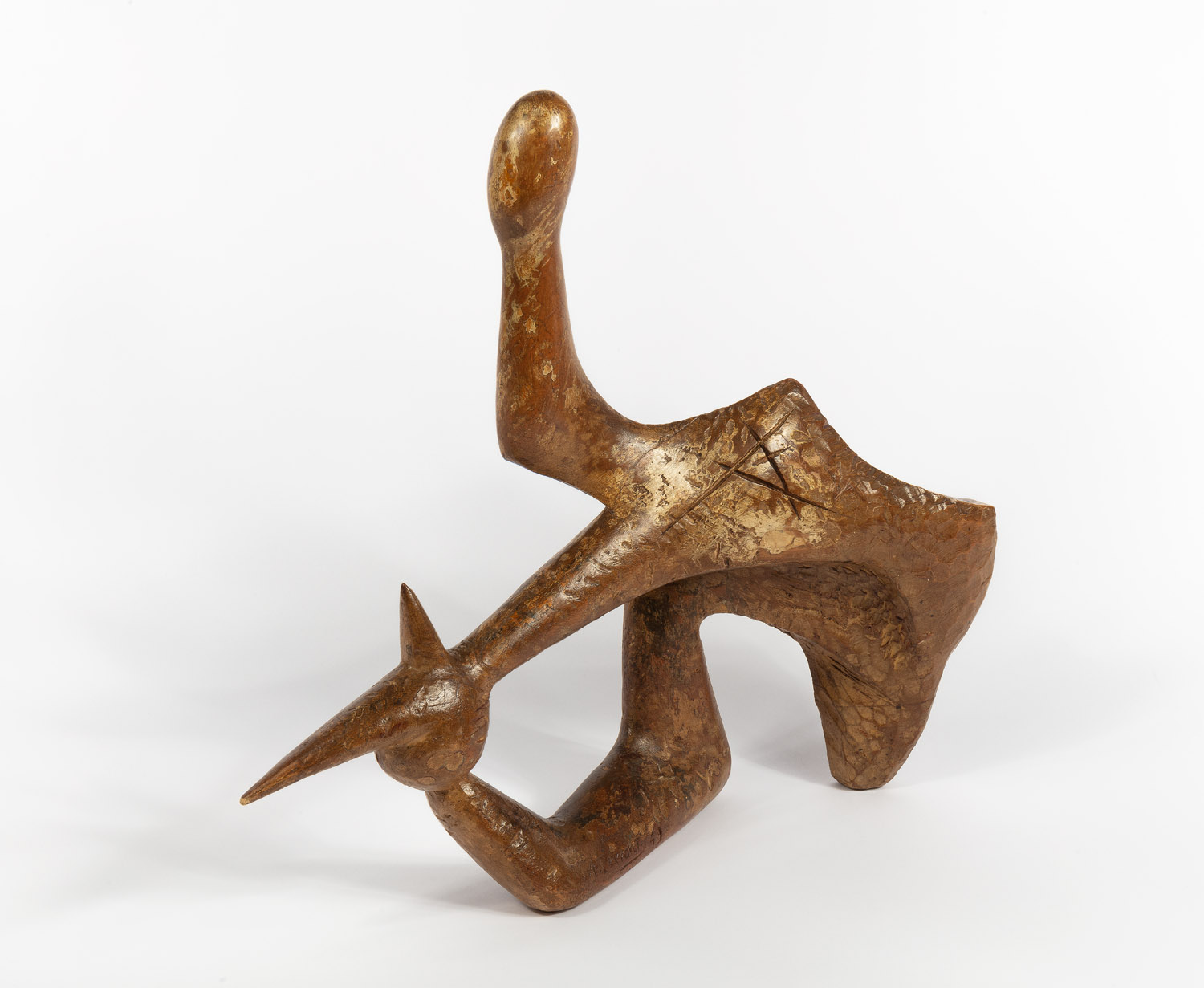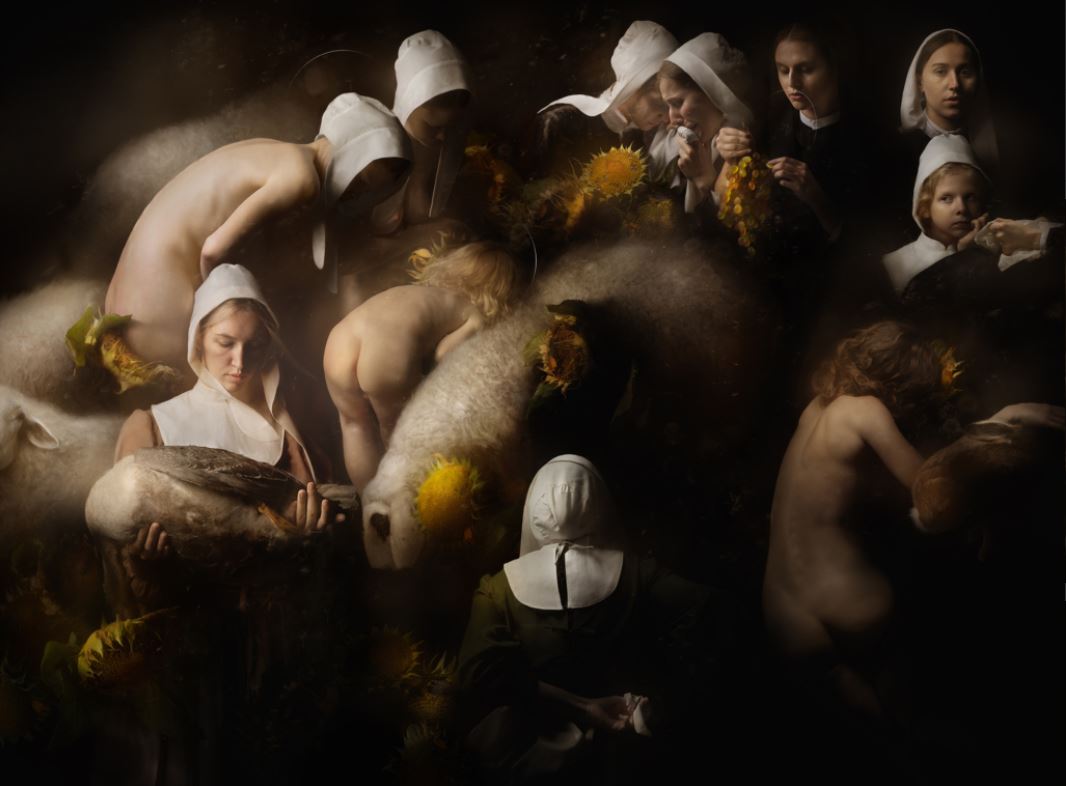Editorial
By invitation, Fundació Hortensia Herrero and Mirolàndia 2025

Dialogues - Socratic or not - serve for many things, to ask, to learn, to recognize, to... Last Thursday, November 7, I was tasked - perhaps unwisely, friendships are like this (thank you, Carlos Duran; thank you , Enrique Lacalle)— of driving one. It was with the director of the Hortensia Herrero Foundation - yes, the foundation is thanks to the vice-president of Mercadona, the wife of businessman Juan Roig. The director, Alejandra Silvestre, came to present a little about the lines of action of this entity, which is located in a magnificent space - the Palau de Valeriola - in the city of Valencia and which was inaugurated on the 11 of November last year. Before the start of the event, we remembered with a few words the tragedy of the floods to move on to the colloquium later. We showed some images of this permanent exhibition space - there are no temporary exhibitions - and which took six years of construction and 40 million in investment. The works by one of the daughters of the Roig family, an architect by profession -Amparo Roig-, who is also a member, like her sisters, of the foundation's board of trustees.
The conversation was part of the events taking place these days at the 'By invitation' fair, which ends today; an art initiative within the Círculo Ecuestre de Barcelona - which we could not call the most avant-garde place in the city either, but for a few days this magnificent building, Casa Pérez Samanillo, created by Joan Josep Hervás at the beginning of the 20th century , it ends up being. An event captained by the president of the Círculo, the always hyperactive Enrique Lacalle, an art lover who tries to ensure that Barcelona never loses its artistic, gallery and cultural drive. He has done it for many years with fairs, such as the Saló de l'Automóbil, and from politics, and now he has been doing it for years with artistic subjects.
The fact is that, under the watchful gaze - it seemed - of more than thirty people, we started a dialogue with the director of the Foundation, who highlighted the organization's modus operandi, which has 'an enviable collection of international authors, and also a commitment to local creators: Valencia and the entire region. The foundation already has a long twenty employees and Javier Molins exercises the artistic direction as an external advisor of the new center. Silvestre pointed out that although Molins has been with the foundation since 2013 - which was founded in 2012 - and has helped set a good course for the collection with works such as Jaume Plensa, Olafur Eliason, Cristina Iglesias or Mat Collishaw, among others, is always Hortensia herself who personally marks the purchases.
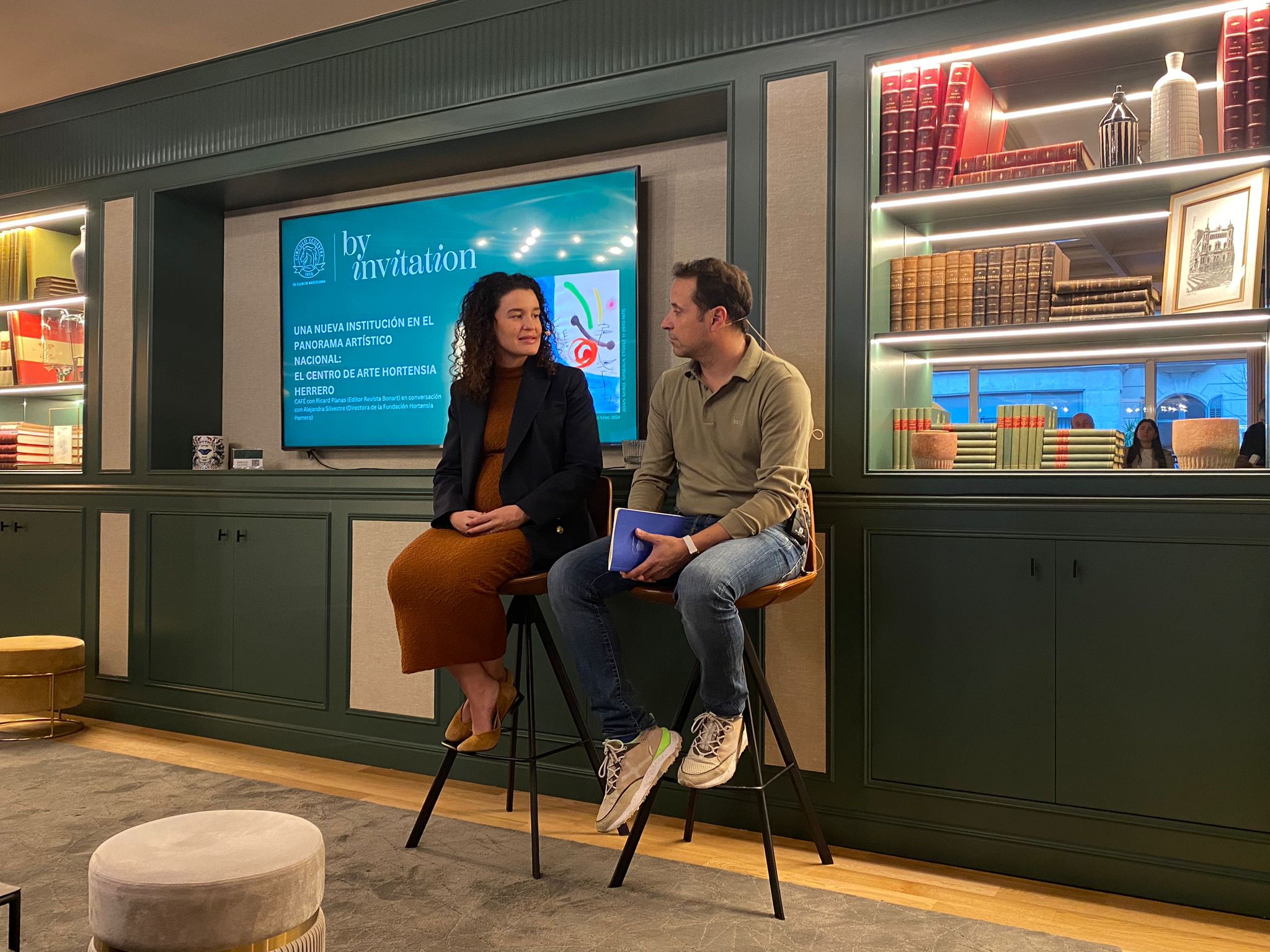 Alejandra Silvestre i Ricard Planas.
Alejandra Silvestre i Ricard Planas.
And once the dialogue was over, we headed for another By invitation talk, in this case led by Sergio Vila-Sanjuán and with the participation of the president of the Miró Foundation, Sara Puig, and its director, Marko Daniel. They presented a summary of what will be the events celebrating the 50th anniversary of the creation of the Miró Foundation, when Barcelona was a contemporary art desert. They talked about the importance of Espai 13 for young creators - a springboard for many artists -, about the programming during all these years, what Miró's presence in the city of Barcelona represents (ceramic mural in the airport, the monumental sculpture Woman and Bird in Plaça Joan Miró and the mosaic in Rambla de les Flors, inaugurated in 1976). Totally, ironically speaking, the president of the Foundation - vehement in defending the value of the artist - was very sharp when she called Barcelona "Mirolàndia", a wonder of potential! But to this power it was necessary to add the Mironian triangle - we are also lucky to have the Dalinian one - between the Miró Foundation in Barcelona, the Palma Foundation - now well directed by Antònia Maria Perelló - and the Mas Miró, the family home of the artist in Mont-roig del Camp. One of his best Japanese collectors and Miró's collection in Serralves (Porto - Portugal) were also discussed. And to finish, a claim - I still remember when my friend Eduard Carbonell (former director of the MNAC) made it - addressed to the Barcelona City Council: let's see if it is possible to signpost the museum mountain better and put the cultural bus label on line 150 to help bring more citizens to the magical mountain, the artistic and cultural Olympus of the city of Barcelona, one of the world capitals of art thanks to the power of its creators and institutions.
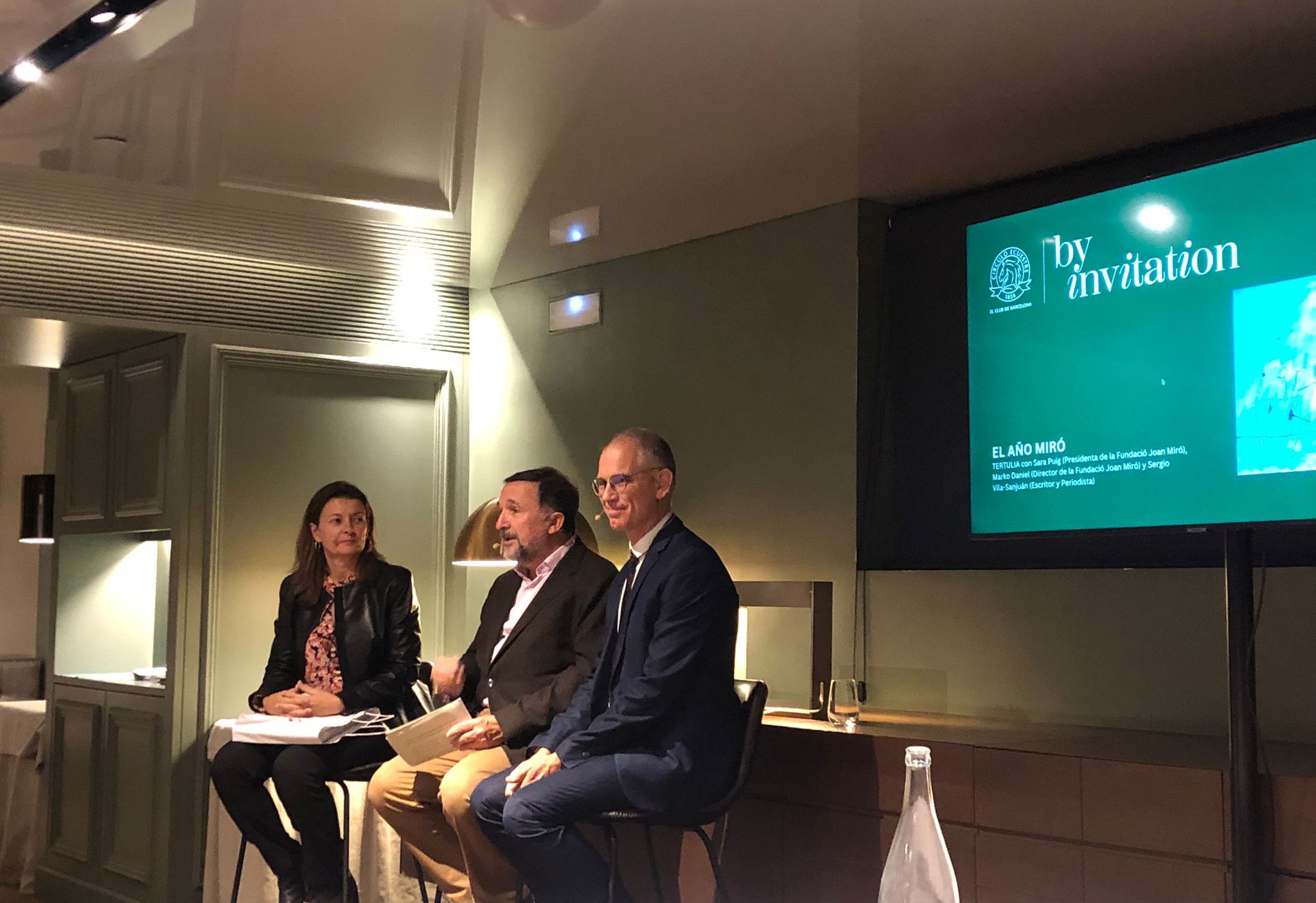 Sara Puig, Sergio Vila-Sanjuán i Marko Daniel.
Sara Puig, Sergio Vila-Sanjuán i Marko Daniel.



